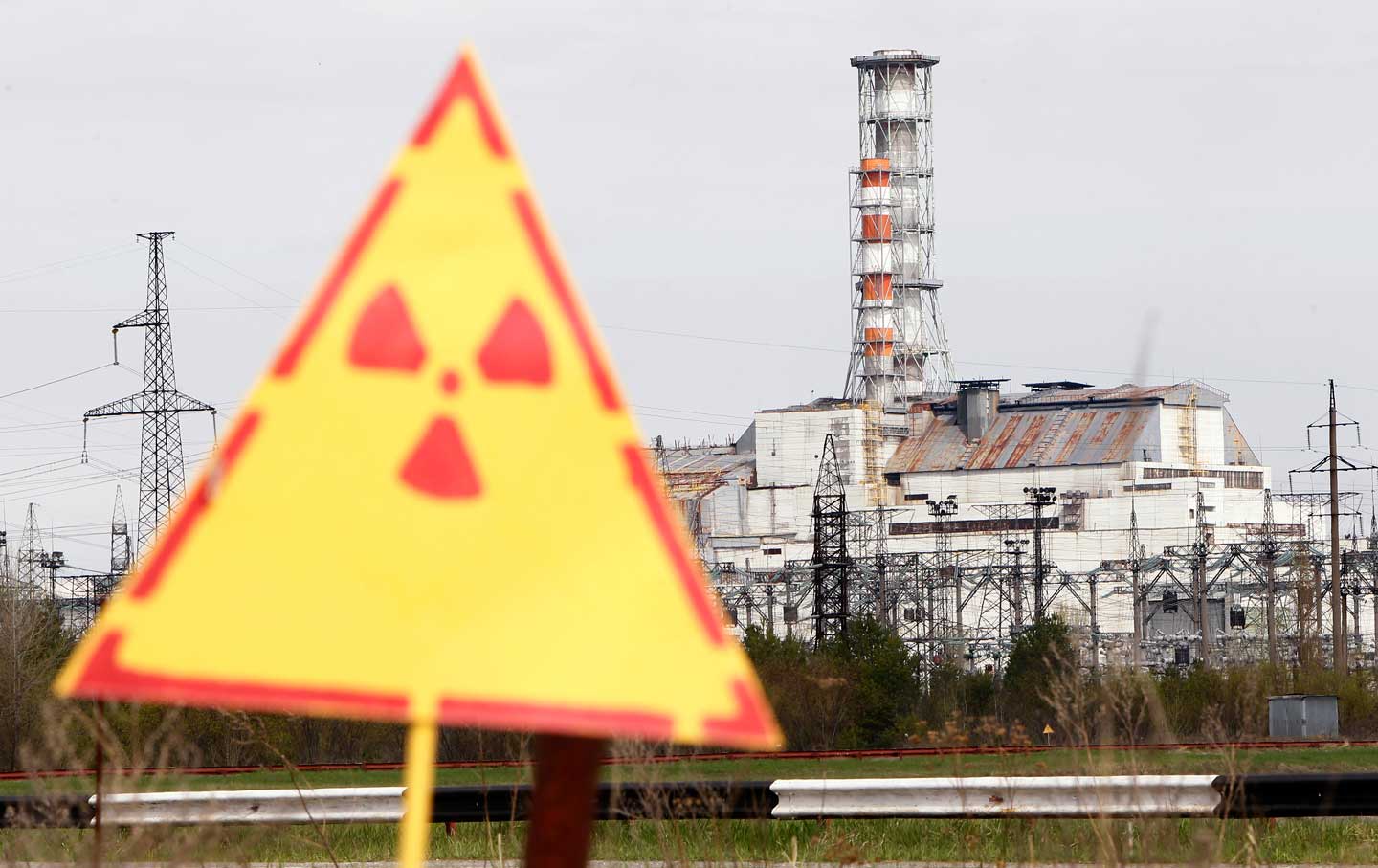
Indeed, it thankfully never got as far as Chernobyl in Kursk on July 22, but if a control channel was destroyed, a discharge of radiation may well have been possible.

Next – a steam explosion and a graphite fire, just like it happened in Chernobyl.

If the cooling stops in any one of the control and protection channels, or the flow rate drops significantly, overheating and damage occurs – up to the channel’s destruction and water leaking out onto the reactor’s heated graphite. Cooling water is supplied to cool each of the system’s channels.īut this is what has always been Achilles’ heel of RBMK reactors – the very system by which coolant is supplied to the core. The system is designed to automatically regulate reactor power, keep it at a needed level, and shut down the reactor when necessary. In essence, an RBMK core is a cylinder-shaped 21-by-21-metre graphite stack 25 metres high, with apertures allowing for both fuel channels (or pressure tubes) and the control channels of the control and protection system. This Russian abbreviation stands for High-Power Channel-Type (or Pressurised-Tube) Reactor and describes a design where graphite is used for the moderation (slowing down) of fast fission neutrons.
#Russian nuclear reactor meltdown series#
Graphite is the dominant feature of the core of an RBMK series reactor. Worse, direr consequences are conceivable. If damage occurs to the graphite in the core, the repairs or partial replacement may well be beyond the bounds of the possible and the problem could become an unsolvable one. It doesn’t take a nuclear scientist to see the seriousness of the problem – radioactivity levels are through the roof in the core even in a shut-down reactor. Such an accident may put a reactor out of commission for a long time, indeed: Repairing the damaged channel and the graphite moderator blocks effectively means carrying out works that have to be done inside the reactor core. Petersburg-based nuclear news agency PRoAtom.Ru, the reactor scram at Kursk occurred as a result of a pressure increase in the reactor core caused by damage sustained by one of the channels of the control and protection system. According to a story that was described in a letter published on the website of the St. The resulting five weeks – instead of one week – of repairing works testify to the gravity of what happened at Kursk. The reactor would be under repairs until July 24, 2010, the statement said. At the time, the reactor was operating at a capacity of 960 megawatts, the centre reported. This was a Type 5 Automatic Emergency Protection event – where the safety system actuates a reduction in the reactor’s power output, taking it down to the lowest level, that is, until the reactor is fully shut down. On July 22, 2010, at 12:23 p.m., the centre said, the reactor’s emergency protection system shut it down following a pressure spike in the reactor core. Rosatom’s Crisis and Response Centre – the nuclear industry’s agency responsible for the prevention and handling of emergencies in the field of nuclear and radiation safety – issued a slightly more detailed statement.

that it had no impact on the safety of the plant or the personnel.

The repairs are to take seven days, Rosenergoatom said.Ī few routine sentences followed this announcement, which accompany Rosenergoatom’s every incident report, with safety assertions regarding background radiation levels at the plant and in the vicinity and the mention that the incident was classified as a a zero-level, or below-the-scale, event on the International Nuclear Events Scale (INES), i.e. The reactor was put under repairs to fix a malfunction in the cooling circuit. On July 22, 2010, at 12:23 p.m., Reactor 1 of Kursk NPP was scrammed, the message said. Even more disturbing, what information was finally made available about the incident did not come through the official channels from the state nuclear corporation Rosatom or Kursk NPP’s head company, the nuclear power plant operator Rosenergoatom, but from Kursk employees.įirst, a press release was posted on Rosenergoatom’s website that said little about the incident or its causes. Last July 22, an incident took place at the plant that put Reactor 1, an RBMK-1000 installation, out of commission and led to what later turned out to be five weeks of ongoing repairs. It stands 40 kilometers southwest of Kursk, a large city in Central European Russia, and operates four power units with pressurized-tube reactors with a total capacity of 4 million kilowatts. Kursk NPP is located in Kurchatov – a town bearing the name of the prominent Soviet nuclear physicist, and the man behind the Soviets’ A-bomb, Igor Kurchatov. Photo: Kursk NPP: How extensive was the damage?


 0 kommentar(er)
0 kommentar(er)
